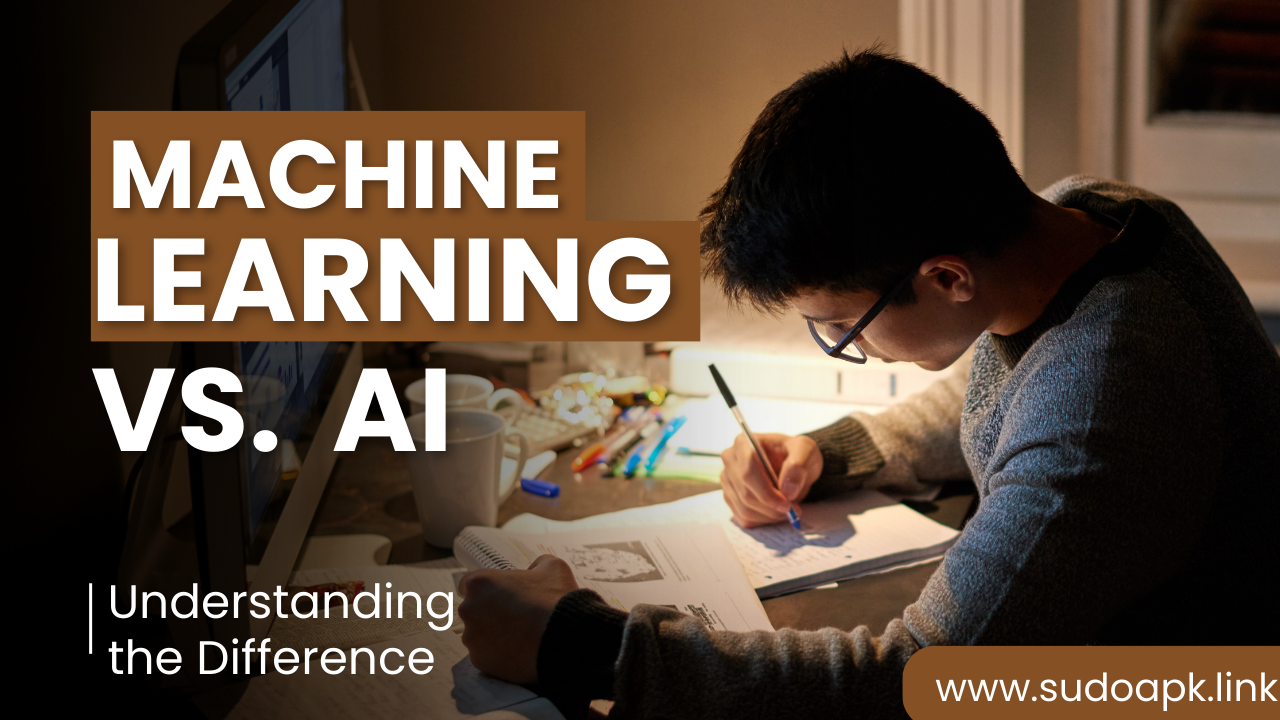

Machine Learning vs. Artificial Intelligence: Understanding the Difference
Artificial Intelligence (AI) and Machine Learning (ML) represent pivotal technologies transforming society and industry today. Rapid innovations in artificial intelligence and machine learning continue advancing automated decision systems, predictive analytics, conversational interfaces, autonomous vehicles, personalized recommendations, precision medicine, and much more.
Yet the precise relationship between AI and ML remains ambiguous for many observers. Are these fields synonymous? Interchangeable buzzwords? Or fundamentally distinct concepts under the technological umbrella?
Clarifying distinctions provides crucial context appreciating capabilities and limitations guiding effective application. Let’s analyze the core differentiators setting machine learning and artificial intelligence apart.
Defining Artificial Intelligence
Artificial intelligence refers broadly to enabling machines to simulate elements of human cognition like sensory perception, learning, reasoning, prediction, problem-solving, and decision-making absent direct programming around specific tasks. Essentially acting “intelligently” without explicit instructions.
Key Components
AI systems exhibit capabilities aligning with facets of human intelligence through:
- Learning - acquiring new understanding from data/experience
- Reasoning - logically reaching conclusions based on knowledge
- Prediction - forecasting future outcomes/trends
- Problem-solving – designing solutions meeting defined objectives
- Perception - registering and interpreting sensory input
- Motion/Manipulation - interacting physically with the world
AI incorporates ideas spanning philosophy, psychology, neuroscience, linguistics, and more to codify human thought processes into algorithms and architectures.
Objectives
The aspirational vision for artificial intelligence involves building adaptable and generalizable platforms rivaling multifaceted human-level competency, with sufficient capabilities to:
- Communicate naturally using language
- Make observations and continual inferences
- Apply expansive knowledge to open-ended challenges
- Rapidly master unfamiliar domains
- Refine behavioral strategies based on abstract objectives
In practice, today’s AI applications focus primarily on narrow problem spaces, like recommendation engines or autonomous vehicles, rather than broadest general human replication. But incremental innovations across enough domains may someday compound towards artificial general intelligence.
Branches and Models
Hundreds of stochastic computational models drive modern AI implementation spanning:
Learning Paradigms
- Supervised (labeled datasets)
- Unsupervised (pattern detection)
- Reinforcement (trial-and-error rewards)
Reasoning/Planning Models
- Knowledge representation
- Inference and search algorithms
- Mathematical optimization
Architectures
- Symbolic (expert systems)
- Sub-symbolic (neural networks)
- Hybridized
So in summary, artificial intelligence represents the overarching field working towards flexible and generalizable machine intelligence – often powered nowadays through specialized machine learning approaches.
Defining Machine Learning
Machine learningqualifies as a subset discipline of AI using statistical techniques to build models improving at tasks dynamically without explicit programming. Instead of coding rigid step-by-step rules, ML algorithms “learn” patterns inherent in datasets to make predictions or decisions.
The mantra driving machine learning emphasizes:
Key Capabilities
Machine learning systems exhibit primary capabilities including:
- Establishing data models predicting outcomes automatically
- Classifying data points based on past examples
- Grouping unsorted information using similarity/difference clustering
Accomplished through techniques including:
- Neural networks
- Decision tree learning
- Cluster analysis
- Genetic algorithms
- Regression analysis
Objectives
The guiding aspiration of machine learning involves developing predictive analytics models using sample data to make reliable judgments about future observations. ML systems progressively enhance performance by examining more examples sans reprogramming.
Overarching goals include:
- Achieve statistically significant predictive accuracy
- Correctly associate dataset attributes with outcomes
- Maintain reliable performance analyzing unfamiliar datasets after sufficient training iterations
- Deliver computational efficiency managing model complexity
- Classify data points among sets using differentiating characteristics
Machine learning offers immense business value extracting insights from complex data at scale beyond human capability. It represents a pivotal pillar across AI applications today.
Algorithms and Methods
Hundreds of mathematical models enable machine learning functionality spanning:
Supervised Learning Algorithms
- Linear regression
- Logistic regression
- Naive Bayes
- Decision trees
- K-nearest neighbors
- Support vector machines
Unsupervised Learning Algorithms
- Clustering models like K-means
- Anomaly detection models
- Neural networks
Reinforcement Learning Algorithms
- Markov decision processes
- Q-learning
- Temporal difference
So in summary, machine learning qualifies as the algorithms “learning” from data to build prediction models - representing a key mechanism delivering artificial intelligence capabilities.
Distinguishing AI and Machine Learning
While artificial intelligence and machine learning share foundational concepts around realizing “intelligent” systems – scrutinizing differences in scope and function provides further clarity:
| Characterisitcs | Artificial Intelligence | Machine Learning |
| Definition | Broader field seeking to replicate elements of human intelligence via algorithms | Subdomain using statistical models to dynamically improve system performance |
| Goals | Create adaptable generalizable intelligence | Achieve specialized predictive accuracy |
| Scope | Multidisciplinary encompassing reasoning, knowledge, planning, communication, perception | Focused almost exclusively on pattern recognition |
| Flexibility | Aims to handle unfamiliar contexts | Confined to contexts represented in training data |
| Programming | Seeks to minimize hand-coded rules | Still requires extensive software engineering |
| Benchmark | Human intelligence across capacities | Statistical performance metrics |
So in summary:
Artificial intelligence encapsulates the broad interdisciplinary quest to replicate multifaceted human cognitive abilities using learning algorithms, knowledge representation, inference engines, pattern recognition and more.
Machine learning represents a specialized subdomain leveraging statistical models and algorithms to improve system behaviors and data predictions without programming explicit rules.
ML qualifies as the driving mechanism actualizing many AI capabilities – but with narrower aspirations confined to dynamic optimization rather than overarching sentience. Most modern AI architectures incorporate ML components even while pursuing more expansive infrastructures for generalizable reasoning.
The terms overlap but remain fundamentally distinct paradigms under the umbrella terminology casually referred to as “artificial intelligence”. Clarifying differences provides crucial context around capabilities, limitations and ideal use cases guiding effective application.
Current Landscape of AI and Machine Learning
Today, artificial intelligence powers a sweeping scope of near-term capabilities through machine learning algorithms working in tandem with other architectural stacks like:
- Knowledge bases
- Inference engines
- Search algorithms
- Calculus optimization
- Perceptual interfaces
To handle specialized tasks including:
Reasoning and Problem-Solving
- Expert systems for complex diagnostics
- Game strategy modeling
- Mathematical theorem proving
- Logistics optimization
Language Processing
- Machine translation
- Sentiment analytics
- Information retrieval
- Chatbot conversations
Sensory Perception
- Facial/speech emotion recognition
- Object detection in images/video
- Text and document analysis
Prediction and Classification
- Predictive maintenance forecasting
- Healthcare risk modeling
- Fraud analysis
- Demand forecasting
- Churn rate analysis
Core machine learning algorithms driving major AI use cases today include:
- Convolutional neural networks (computer vision)
- Recurrent neural networks like LSTMs (sequence prediction)
- Markov chains and random forests (forecasting)
- Regression analysis (correlation detection)
- K-means clustering (grouping similarities)
- Anomaly detection (identifying outliers)
The symbiotic combination of multifaceted AI architectures leveraging optimized ML models begets remarkable present-day functionality - even while the quest to replicate general human intelligence remains aspirational.
Special-purpose narrow applications manifest near-term value while pioneers continue seeking unified architectures for artificial general intelligence exceeding multifaceted human competencies. Powerful stochastic computational techniques support specialized real-world AI implementations today - even lacking emergence of sci-fi notions like self-aware general machine consciousness currently confined squarely to speculative fiction rather than computer science.
Examples Differentiating AI and ML in Practice
Further analyzing examples across industries illustrates the symbiotic interplay of artificial intelligence and machine learning towards contemporary capabilities:
Autonomous Vehicles
Self-driving cars incorporate...
- Machine vision systems (ML) to perceive roads
- Sensor fusion algorithms (ML) interpretingObjects
- Scene segmentation models (ML) parsing environments
- Pathfinding algorithms plotting navigation
- Rule-based expert systems defining driving policy logistics
Medical Diagnosis
AI-assisted diagnosis leverages...
- Image recognition (ML) identifying anatomy in scans
- Classification models (ML) associating symptoms
- Expert systems codifying specialist diagnostic rules
- Predictive models forecasting disease progression
- Ontological networks representing healthcare knowledge
Financial Fraud Detection
Fraud analytics platforms utilize...
- Anomaly detection (ML) identifying outliers
- Neural networks (ML) linking correlations
- Forecasting regression models quantifying risk
- Graph analysis tracing relationships
- Symbolic logic formalizing fraud signatures
Smart Speakers
Intelligent voice assistants like Alexa integrate...
- Speech recognition (ML) translating audio to text
- Natural language understanding (ML) interpreting requests
- Dialogue managers maintaining contextful conversations
- Knowledge bases answering queries
- Text-to-speech (ML) engines responding verbally
Observing multifaceted system composition contextualizes machine learning’s role effectuating many AI capabilities – while also benefiting enormously from supplemental architectural components surrounding robust ML models like knowledge bases and specialized algorithms.
Analyzing use cases makes abundantly clear today’s AI leverages a mesh of narrow approaches - rather than singular general platforms replicating every human aptitude as envisioned conceptually at the birth of the field.
So in practice, modern AI often manifests an ensemble blend of methods - frequently led by high-performing machine learning statistical models.
Advancing AI and ML Research
Tremendous progress has been made advancing AI and ML research over recent decades – yet vast room for improvement remains translating early promise into robust real-world implementation at scale.
Limitations of Modern Methods
While today’s predominant machine learning approaches have achieved state-of-the-art results across many domains - significant limitations persist:
Data Dependence
- ML models demonstrate fragility beyond training distribution
- Academically-curated datasets misrepresent real world entropy
- Labeling sufficient training data remains labor intensive
- Reliably attaining useful metrics like recall proves challenging
- Extrapolating patterns to new contexts with limited examples persists arduous
Interpretability
- Complex models manifest opaque decision making processes
- Fathomlessly multidimensional parameter spaces defy human legibility beyond input-output abstraction
- Diagnosing and correcting failure modes proves prohibitively cryptic
- Fairness, accountability and transparency concerns endure around bias
- Verifying integrity resists established methods
Theoretical Foundations
- Probabilistic statistics reign modeling preference while neurological gaps persist
- Cataloging manifold taxonomy of model types and hyperparameter tuning lacks best practices
- Convergence on unified frameworks for symbolic, sub-symbolic and hybrid AI infrastructure remains distant
- Connecting flexible software systems with new specialized hardware co-design lags
Surmounting these obstacles represents pivotal priorities guiding disciplined innovation towards beneficial, accountable and robust multipurpose AI systems ready for integration across industries, public services and daily life responsibly.
Research Roadmaps
While AI has achieved superhuman performance on narrow domains like games, image recognition and vocabulary tests - developing adaptable general machine learning platforms rivaling multifaceted biological intelligence remains embryonic. Leading priorities advancing ambitions artificial general intelligence include:
Integrated Cognitive Architectures
Combining connectionist machine learning models with hybrid neurosymbolic paradigms encoding structured knowledge into unified systems for contextual reasoning.
Multimodal Self-Supervised Learning
Scaling autonomous learning across images, speech, video, audio, text and sensor data streams using principles like curiosity, cause-effect discovery and social learning similar to infant development.
Common Sense and Ethics
Improving logical induction, causality, spatiotemporal reasoning, combinatorics, normative precedent and ethical implication analysis for reliable judgment akin to baseline human maturity.
Explainable Open-Ended Reasoning
Inferring relationships between goals, knowledge and beliefs to engage interdependent chains of analysis qualifying underlying thought processes for context-relevant explanation and safety assurance.
Reconciling adaptable machine learning with structured knowledge - while capturing flexible intelligence across more complete sensory capabilities - presents monumental challenges for computer scientists, cognitive psychologists, engineers, philosophers and domain experts collaborating across overlapping frontiers in the long arc march towards artificial general intelligence.
Today’s abundant narrow applications manifest remarkable near-term utility even while judicious progress sustains towards more expansive and beneficial generality over patient epochs ahead...
FAQs Clarifying ML and AI
Further frequently asked questions help distinguish artificial intelligence from machine learning:
Is machine learning a type of AI?
Yes, machine learning represents a subfield and key mechanism within artificial intelligence leveraging statistical models and algorithms to enhance system behaviors based on exposure without continuous programming.
Should I learn machine learning or AI?
Ideal foundations span both applying ML models while appreciating limitations alongside multifaceted AI architectures according to application requirements. Holistic fluency clarifies tradeoffs guiding most effective implementations.
Can you have AI without machine learning?
Many legacy AI systems like expert systems leveraged hand-engineered rules without learning. However, machine learning currently powers most cutting-edge applications by optimizing major performance benchmarks using extensive real-world datasets.
Is AI smarter than machine learning?
Not precisely - AI refers to the broad field encompassing initiatives like machine learning to replicate human intelligence. ML drives specialized perception and prediction capabilities within narrowly focused AI lacking general sentience currently.
Asking whether present AI surpasses human cognition proves premature as both fields remain in relative infancy despite remarkable trajectory over 60+ years now accelerating into applied industries. But steady progress continues across this ubiquitous technological movement spreading capabilities to billions of people.
Conclusion
In conclusion, while often used interchangeably in tech vernacular – scrutinizing nuance dispels misconceptions appreciating machine learning and artificial intelligence as distinct fields under the umbrella push to replicate human intelligence using algorithms. ML concentrates statistical pattern recognition capabilities from vast datasets to optimize extremely narrow domains. Meanwhile AI represents a considerably broader interdisciplinary field seeking to match multifaceted biological cognition through diverse approaches like knowledge engineering, search algorithms, rules, uncertainty modeling and more with machine learning driving contemporary breakthroughs propagating across vertical use cases today. But simulating general human mental faculties remains distant despite palpably auspicious progress. Continued research aligning flexible software and specialized hardware promises exponential growth curating responsible AI integration across society and industry in the years ahead.
Popular articles
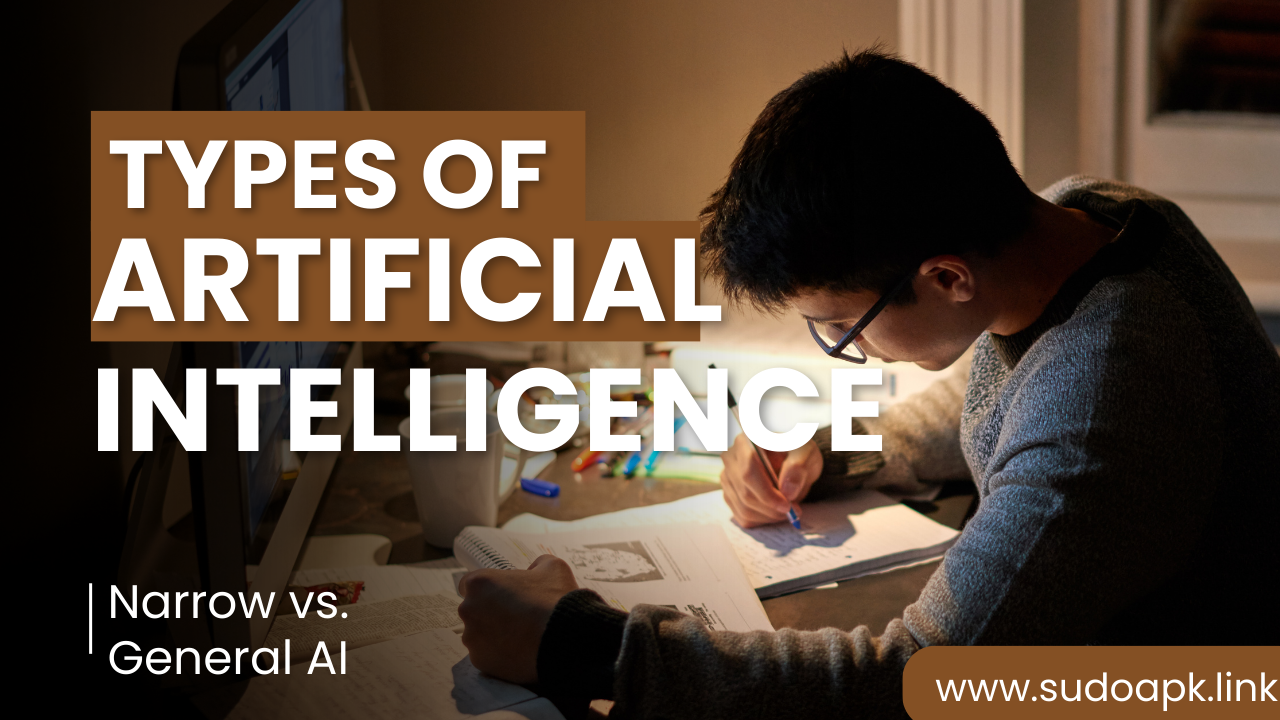
Dec 31, 2023 07:04 AM
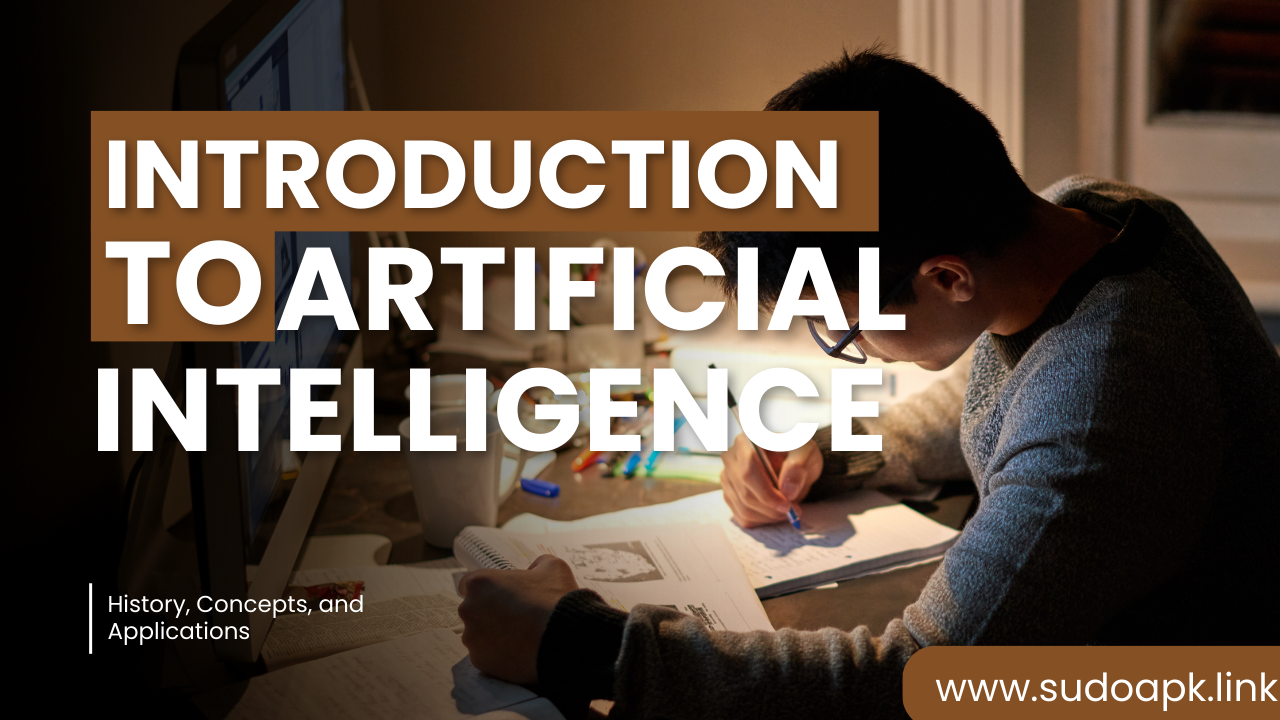
Dec 31, 2023 06:48 AM

Dec 31, 2023 07:12 AM
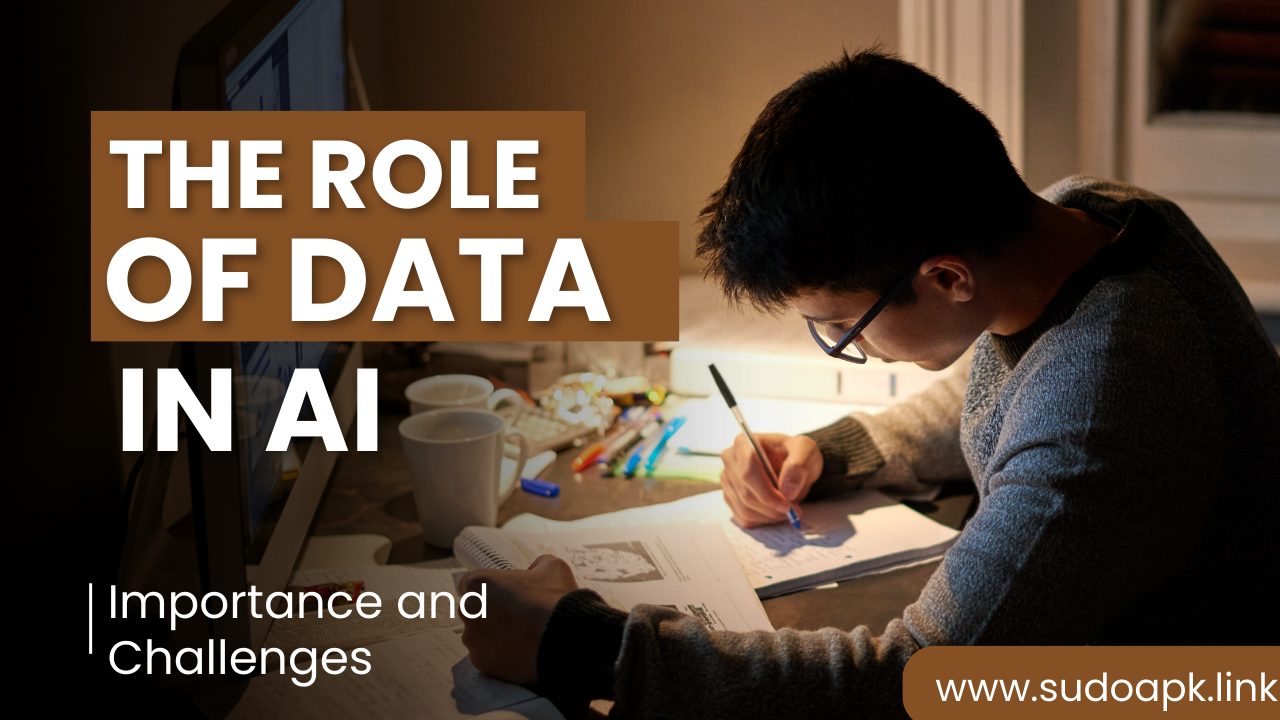
Dec 31, 2023 07:22 AM
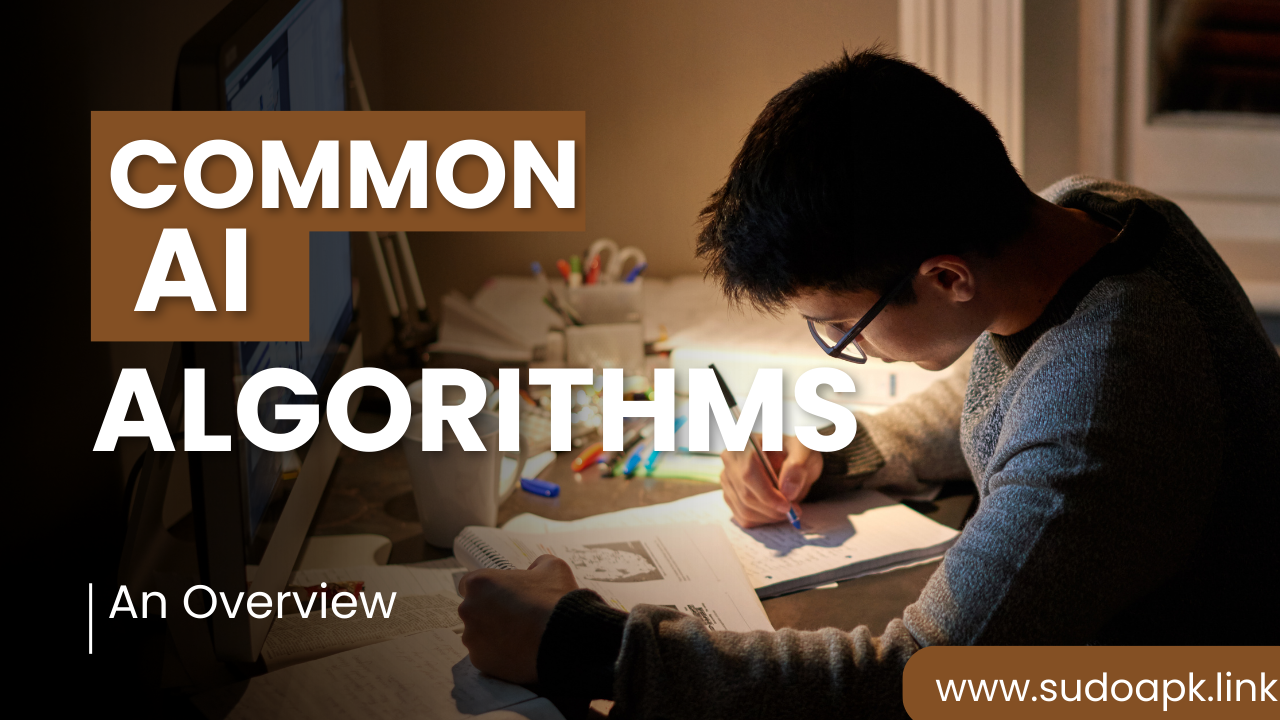
Dec 31, 2023 07:17 AM
Comments (0)